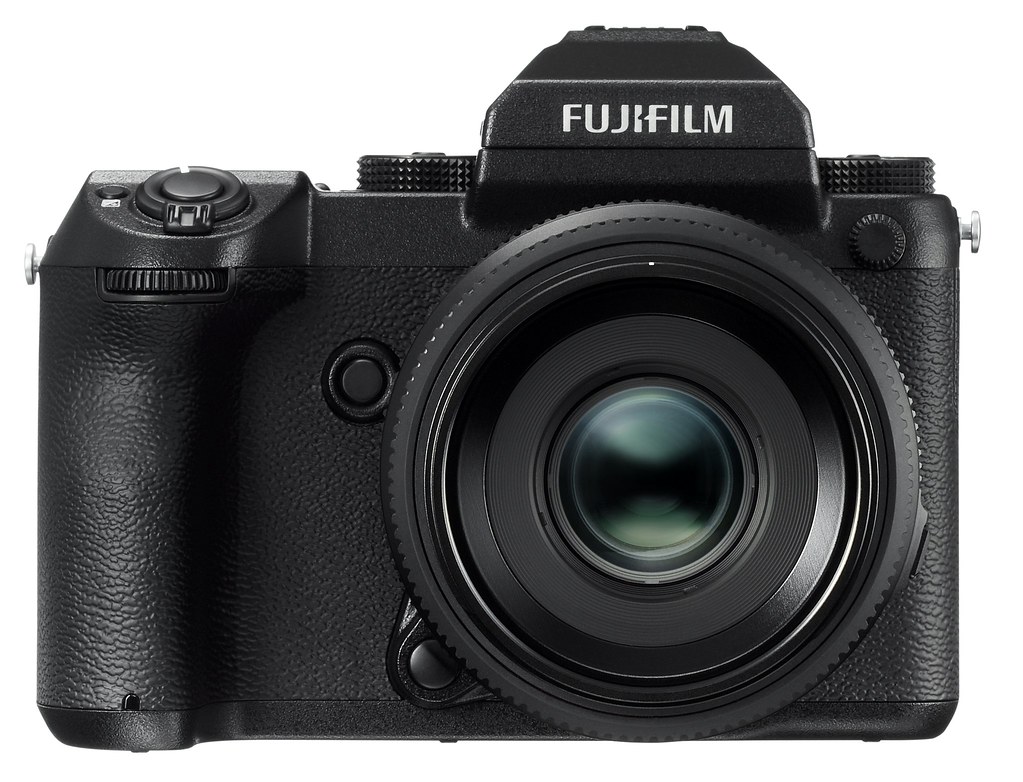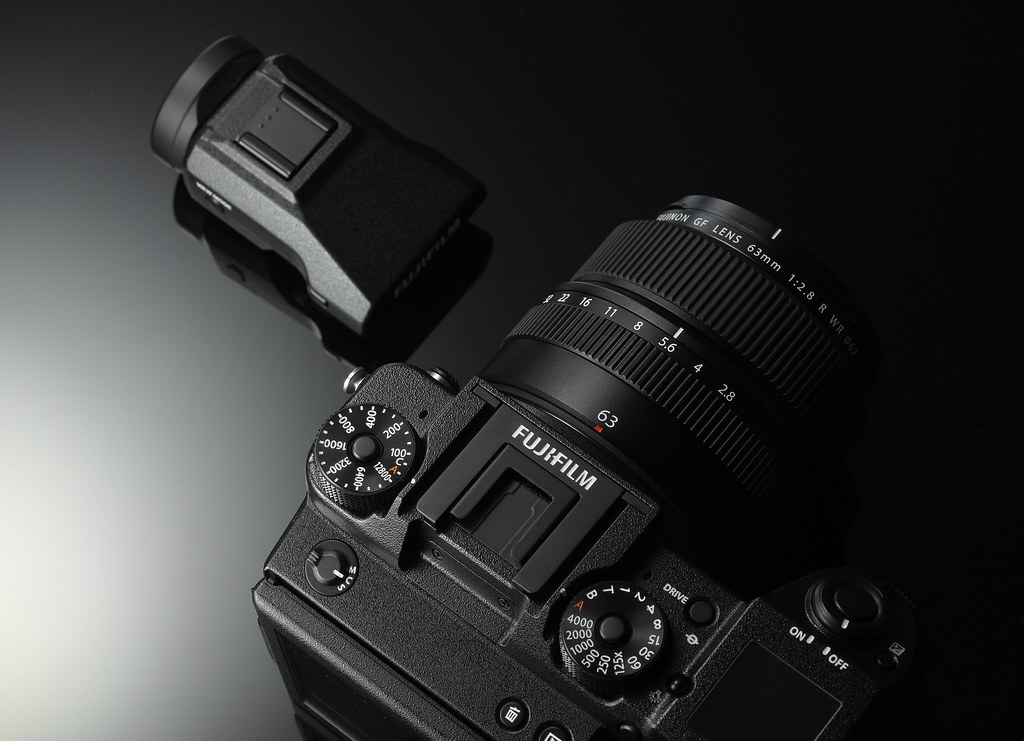Medium Format
Inside the Fujifilm GFX 50S
Thinking Big
by Rico Pfirstinger
Fujifilm expands to medium format, and people have questions: How fast is it? What about shutter shock? What kind of sensor is there? Is there a touch-screen display? What’s the resolution of the EVF? What about leaf-shutter support? Are the lenses optically corrected? And what about video? This report will help you out…

The mirrorless Fujifilm GFX 50S digital medium format camera features a 43.8 × 32.9mm sensor („G Format“) with 51.4 megapixels. The body and three Fujinon GF lenses will be available in spring, with three more lenses arriving later in 2017. The sensor is based on a Sony CMOS sensor that is known from similar offerings like the Hasselblad X1D. However, Fujifilm was able to incorporate several tweaks und improvements concerning the sensor’s light collecting ability and efficiency.

With a detachable EVF and a design that wants to build a bridge between the classic X series and modern cameras, the mirrorless Fujifilm GFX 50S was without a doubt the most exciting camera announcement as this year’s Photokina show in Cologne, Germany
Sensor and Processor
The sensor is using a traditional Bayer color filter array without an optical low-pass filter, and its 51.4 megapixels can be adapted to various aspect ratios, including 4:3 (default), 3:2, 1:1, 4:5, 6:7 and 6:17. Electronic First Curtain (EFC) and Electronic Shutter (ES) are yet to be implemented, but will most likely be part of the final product. Video will be available in Full-HD with 30 fps. Beware of rolling shutter, though!

The new 43.8 × 32.9mm sensor in the GFX 50S offers a resolution of more than 50 MP collects about four times the amount of light as Fuji’s APS-C sensors. The new G mount features a staggering number of twelve electronic lens contacts. What seams like overkill will most likely be very useful when it comes to adapting third-party lenses.
The GFX 50S uses the same X-Processor Pro imaging processor that is found in the X-Pro2 and X-T2. Since the sensor only supports contrast detection autofocus (CDAF), efficient AF algorithms are all the more important. The GFX 50S prototypes we tested behaved surprisingly snappy, and the best results can be achieved with lenses that feature inner focussing (IF). Sadly, among the six initial lenses, only the GF32-64mmF4 R LM WR zoom lens falls in that category. The start-up time of the camera is pleasingly short and comparable to other current X series models. However, the shooting intervals will be longer, with a number of 700 ms currently floating around. Den Rest des Beitrags lesen »
